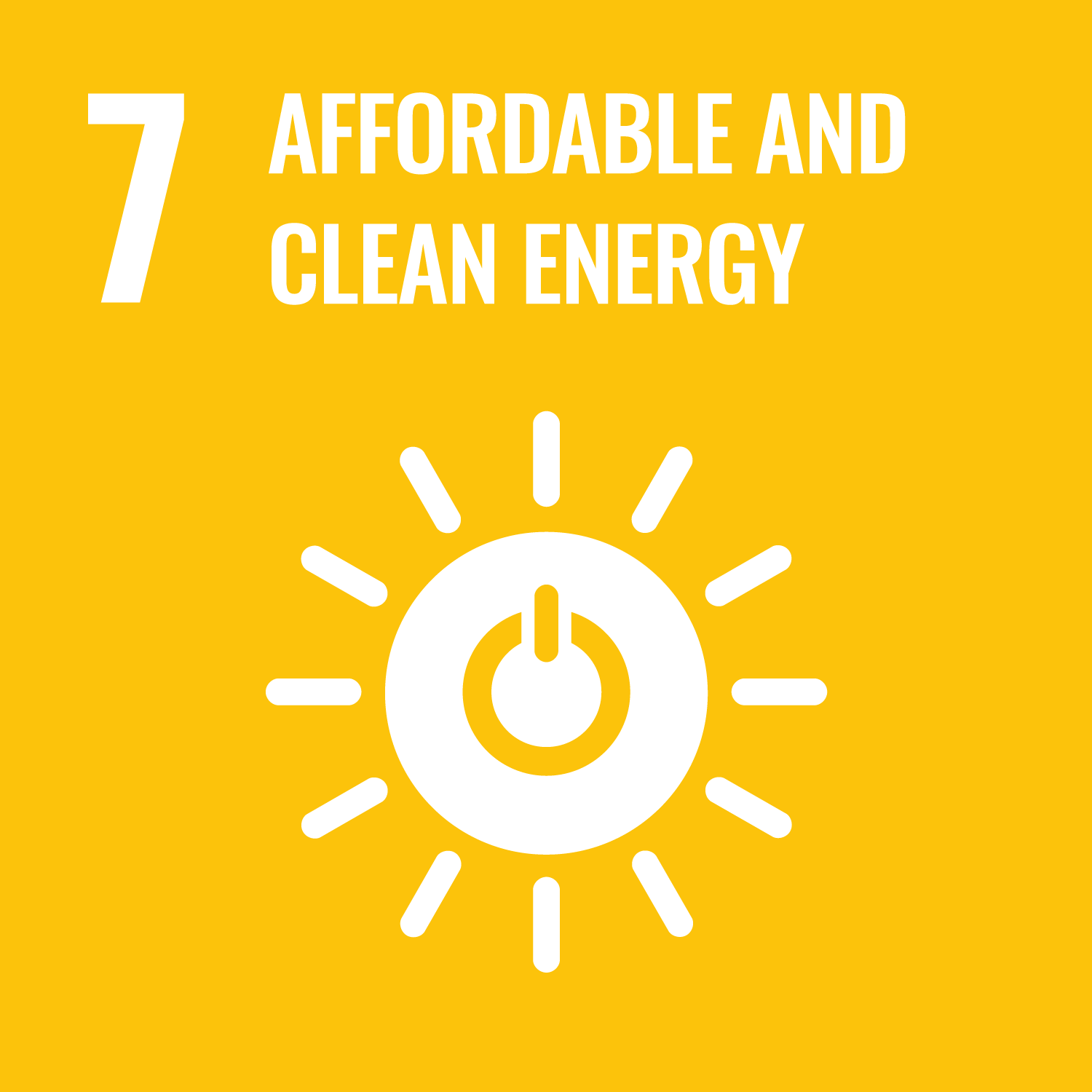Parameter optimization of a floating two-buoy wave energy converter
ORCID
- Alistair G.L. Borthwick: 0000-0001-6053-7764
- Sanjay Sharma: 0000-0002-5062-3199
Abstract
A geometric optimization methodology of a floating two-buoy wave energy converter is proposed based on a combination of the design of experiment method for sensitivity analysis of geometric parameters and hydrodynamic calculation of optimal performance in the time-domain. Viscosity-corrected fitting curves obtained from physical test data are incorporated in the time-domain simulation to improve model accuracy. Constant, linear, and quadratic power take-off models are applied to the two-buoy system, and the optimal power take-off model identified and applied to the optimization process. The configuration of geometric parameters is selected by means of the central composite design method within a prescribed parameter space. AQWA-WEC-Sim co-simulations in the time domain are used to determine the optimal capture width ratio for different geometric parameters. A response surface methodology is employed in conjunction with central composite design to establish empirical equations that predict the maximum capture width ratio (as an objective function) based on three geometric parameters, without need for multiple boundary element simulations. Parameter sensitivity and interaction effects on energy absorption are examined, and optimal dimensions determined according to maximum absorbed energy. The proposed optimization method is computationally efficient and could facilitate parametric optimization of devices of arbitrary geometry.
DOI Link
Publication Date
2024-03-15
Publication Title
Ocean Engineering
Volume
296
ISSN
0029-8018
Acceptance Date
2024-02-04
Deposit Date
2024-06-18
Embargo Period
2026-02-09
Additional Links
Keywords
Floating two-buoy wave energy converter, Parameter optimization, Response surface methodology, Viscous damping correction
Recommended Citation
Li, D., Borthwick, A., Jiang, C., Sharma, S., Dong, X., Li, Y., & Shi, H. (2024) 'Parameter optimization of a floating two-buoy wave energy converter', Ocean Engineering, 296. Available at: 10.1016/j.oceaneng.2024.117043


